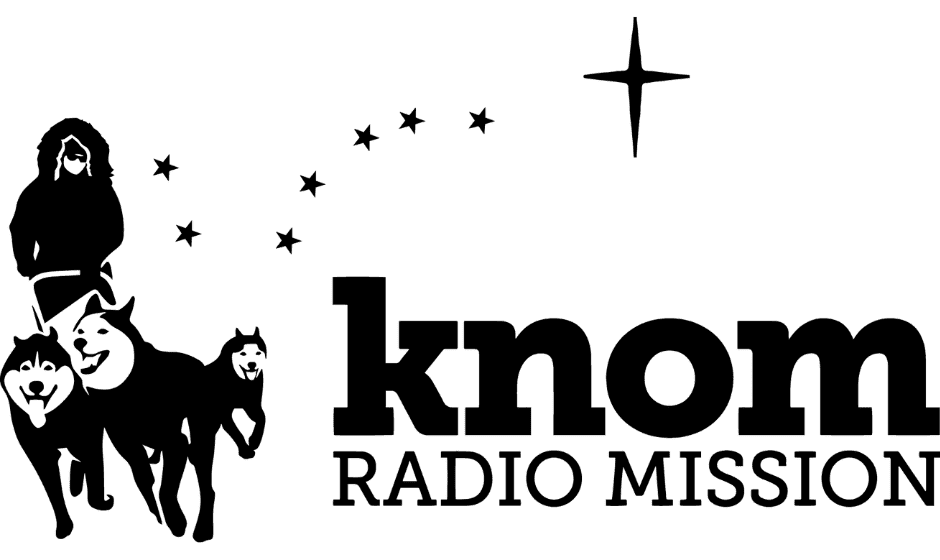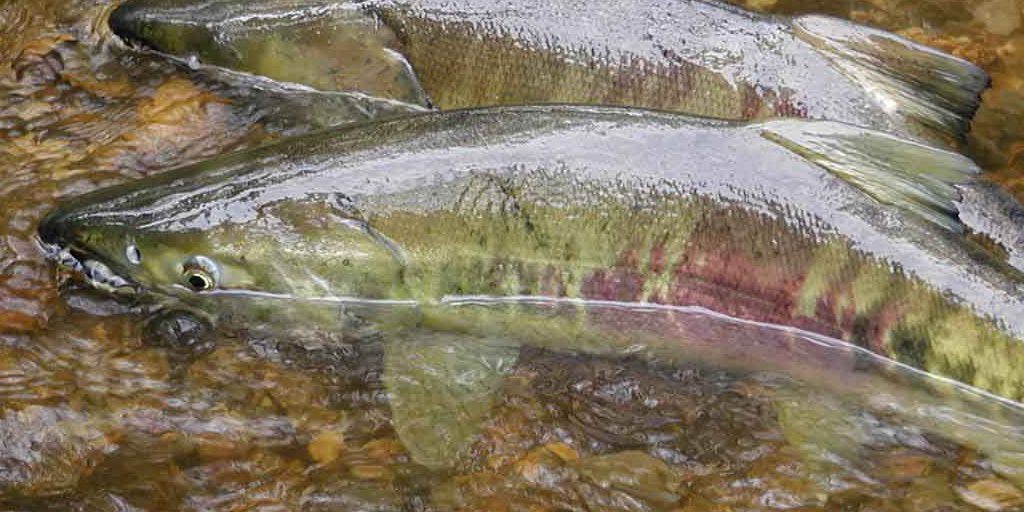At Tuesday’s Seward Peninsula Subsistence Regional Advisory Council meeting, Chair Louis Green Jr. brought up one issue long on his mind: chum salmon bycatch, or salmon inadvertently caught while fishing for other seafoods like halibut or crab.
“I started dealing with this stuff at the Board of Fish in 1993,” Green said, referring to what he described as the first in a series of red flags of collapsing fish runs.
“We said that ‘if you don’t start trying to find a way to stop what’s happening here to Northern Norton Sound, you’re going to end up with it in Unalakleet. You’re going to end up with it in the Yukon and the Kuskokwim’. God help us if it starts happening in the Bristol Bay.”
There's currently no caps or limits on the amount of chum that can be caught as bycatch each year. Decades later, the federal government might finally change that.
Comments in the advisory council meetings feed over to the North Pacific Fishery Management Council, which is considering bycatch proposals. The council recommends rules for commercial fishing for many fish species across a giant swath of federally managed Alaska-area waters.

In February, the management council unveiled five proposals it’s considering. They include a combination of hard bycatch caps, new regulations, a proposed migratory corridor for western Alaska chum, and maintaining the status quo – unlimited chum salmon bycatch.
Terese Vicente, she’s a policy and programs director for the Kuskokwim River Inter-Tribal Fish Commission.
“There’s some inter-industry measures to minimize chum bycatch, but they haven’t been super effective, in our opinion,” Terese Vicente, a policy and programs director for the Kuskokwim River Inter-Tribal Fish Commission said during the meeting.
The organization represents fish commissioners from all 33 federally recognized tribes along the Kuskokwim.
“We’ve really been working to elevate tribal knowledge and tribal voices in this action and in the analysis, so that the North Pacific Council and the National Marine Fisheries Service have the most comprehensive and best available information at their fingertips,” Vicente said
Vicente said the migratory corridor option has been popular amongst tribal representatives.
“That’s consistently where the most western Alaska chum are found, Vicente explained. “Those chum coming back to rivers from Kotzebue up in the north all the way down to Bristol Bay in the south.”
The North Pacific Fishery Management Council is expected to release a draft environmental impact statement on its bycatch proposals in August. Members of the public will have 60 days to provide comment.




